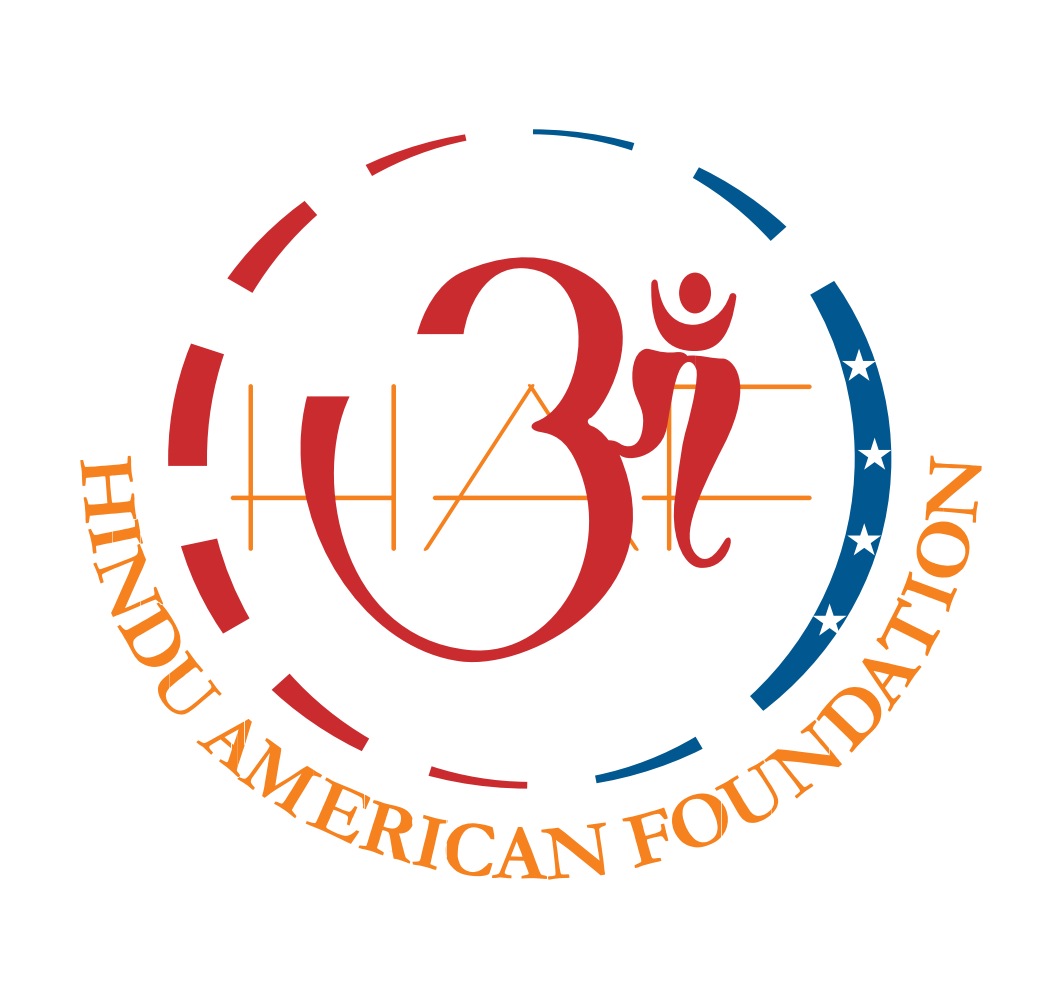Panchangam Endowment FundBeyond 2012: Help Endow Gurudeva’s Calendar for All Time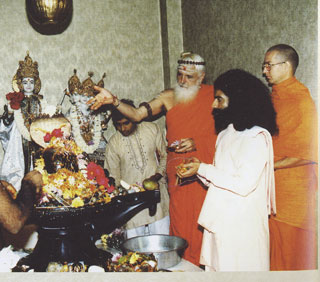
Preparing the calendar for the future : Gurudeva & Shanmuganathaswami, in the early years of panchangam development, visit Muniji at a Pittsburgh temple in 1987
The calendar used by the monastics at Kauai's Hindu Monastery blossomed from humble beginnings in the early 1970s when it was known as the "balanced life calendar." It provided the monks and families a way to plan their daily routine of work and sadhana. In 1984 Gurudeva asked Shanmuganathaswami to make a new calendar for the coming year. Typing it manually into a VisiCalc spreadsheet was tedious and inefficient, so he began coding a Hawaii-time-zone-based calendar from scratch using Apple Basic. "It would take all night to compute one year's calendar with an Apple II computer," Shanmuganathaswami quips, "Now, with a MacBook Pro, it takes eight seconds." Two years later, Gurudeva asked Swami and Paramacharya Sivanatha Ceyonswami to add the elements of the traditional Hindu panchangams used throughout South India. "Pancha" means five, and "anga" means limb, referring to the calendar's five basic building blocks: nakshatra, vara, tithi, yoga and karana. Then, in order to make it a full Hindu almanac, Gurudeva added the sankalpa to be chanted at each puja; the colors in which to dress the Deities; rahu, gulika and yama kala periods; three kinds of yogas; the rasi; sunrise and sunset; guru pujas, pradosha days and festivals. For use in the monastery, the panchangam follows a schedule typical of a priestly gurukulam in India, four to six days of service followed by two or three days of retreat during the new, full and quarterly phases of the moon. One or two days of each retreat is named Guha Day, a time when monks are free to enjoy seclusion in their guhas (private caves for meditation and sleeping). The remaining day is dedicated to guruthondu, taking care of the monastery and maintaining the grounds. Gurudeva also designated that Ashram Sadhana Day be placed on the calendar, a morning for housekeeping and cleaning, as well as Iraivan Day, when the monks work on this newsletter and other tasks. In each of the following years Shanmuganathswami generated a new panchangam, and in the process refined the accuracy of the programming. By 2004, the year Facebook was launched, the calendar was deemed reliable enough to go public. Panchangams calculated for 137 cities worldwide were made available for download at www.gurudeva.org/panchang. The panchangam was distributed for free until 2009, when a nominal fee of 99¢ was reluctantly imposed to help cover the costs of web hosting and upgrades to the 4D database software used to generate the calendars. By 2010, calendars for 240 cities were online in PDF, and iCalendar panchangams for iCal and Google Calendar were introduced by popular demand. As the panchangam became accessible on the iPhone and other mobile devices, the monks began using it during temple pujas on a waterproofed iPad. Until the monastery's panchangam emerged, it was difficult to acquire a calendar calculated for cities outside Sri Lanka and India. It is widely appreciated as accurate and user friendly, presented in a simple, consistent format, year after year. "Very easy and informative," and "your panchangam is really a good one" are two recent comments. In an endeavor to once again offer the panchangam for no charge as a public service, the Panchangam Endowment Fund has been created with Hindu Heritage Endowment. When the fund's principal reaches $45,000, the charge will switch from 99¢ to zero. To learn how you can support this fund—one of the eighty-four HHE charitable funds—through a donation, will, life insurance or other planned gift, contact Sannyasin Shanmuganathaswami at 808-822-3012 or e-mail hhe@hindu.org. Donate to the Panchangam Endowment Fund (fund #84) at www.hheonline.org. MISSION STATEMENTHindu Heritage Endowment is a publicly supported, charitable organization recognized as tax exempt by the IRS on April 22, 1994. Employer ID 99-0308924. Founded by Satguru Sivaya Subramuniyaswami, its philanthropic mission is to provide secure, professionally managed financial support for institutions and religious leaders of all lineages of Sanatana Dharma. PROFESSIONAL ADVISORSHalbert/Hargrove, Investment Counsel; Sonoda & Isara, LLP, CPA. HHE is a member of the Council on Foundations, an association of more than 2,000 foundations which interprets relevant law and management and investment principles, and of the National Committee on Planned Giving, the voice and professional resource for the gift planning community. I want to participate. Where should I Send My Donation? You may send your gift to an existing fund, create a new Endowment or request information through the address below. Donations may be made online at www.hheonline.org or use the HHE tear-out card in the HINDUISM TODAY magazine to join our family of benefactors who are Strengthening Hinduism Worldwide. Thank you. |
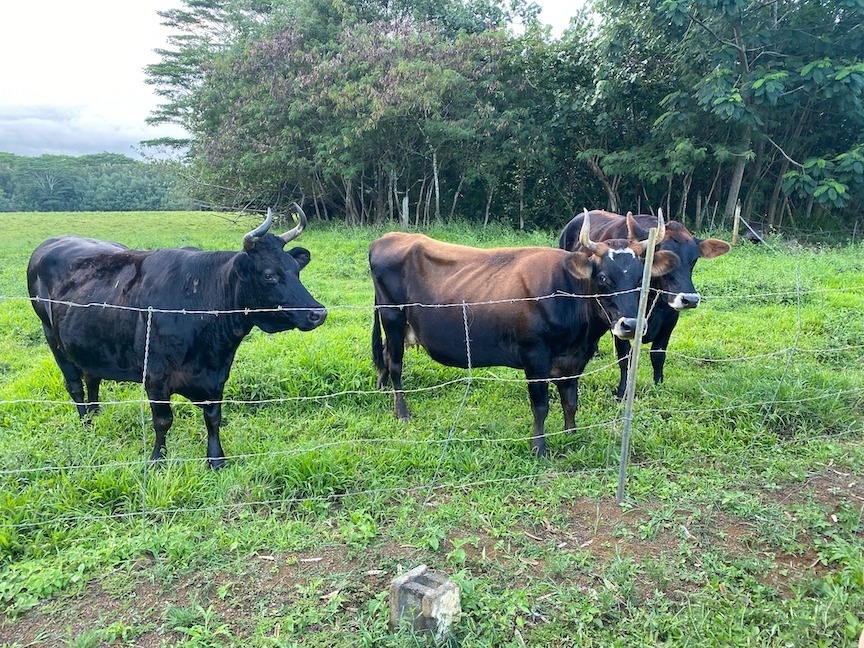
The Himalayan Acres Wildlife Habitat Endowment
Helps maintain the gardens and grounds of this Kauai property
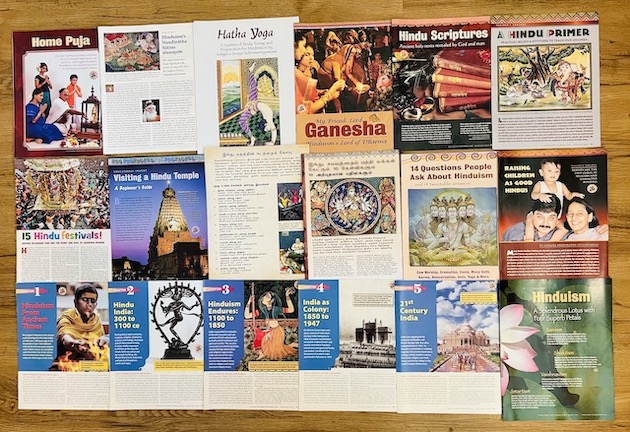
The Himalayan Academy Publications Endowment
Provides funds for the free distribution of printed books and literature of Himalayan Academy
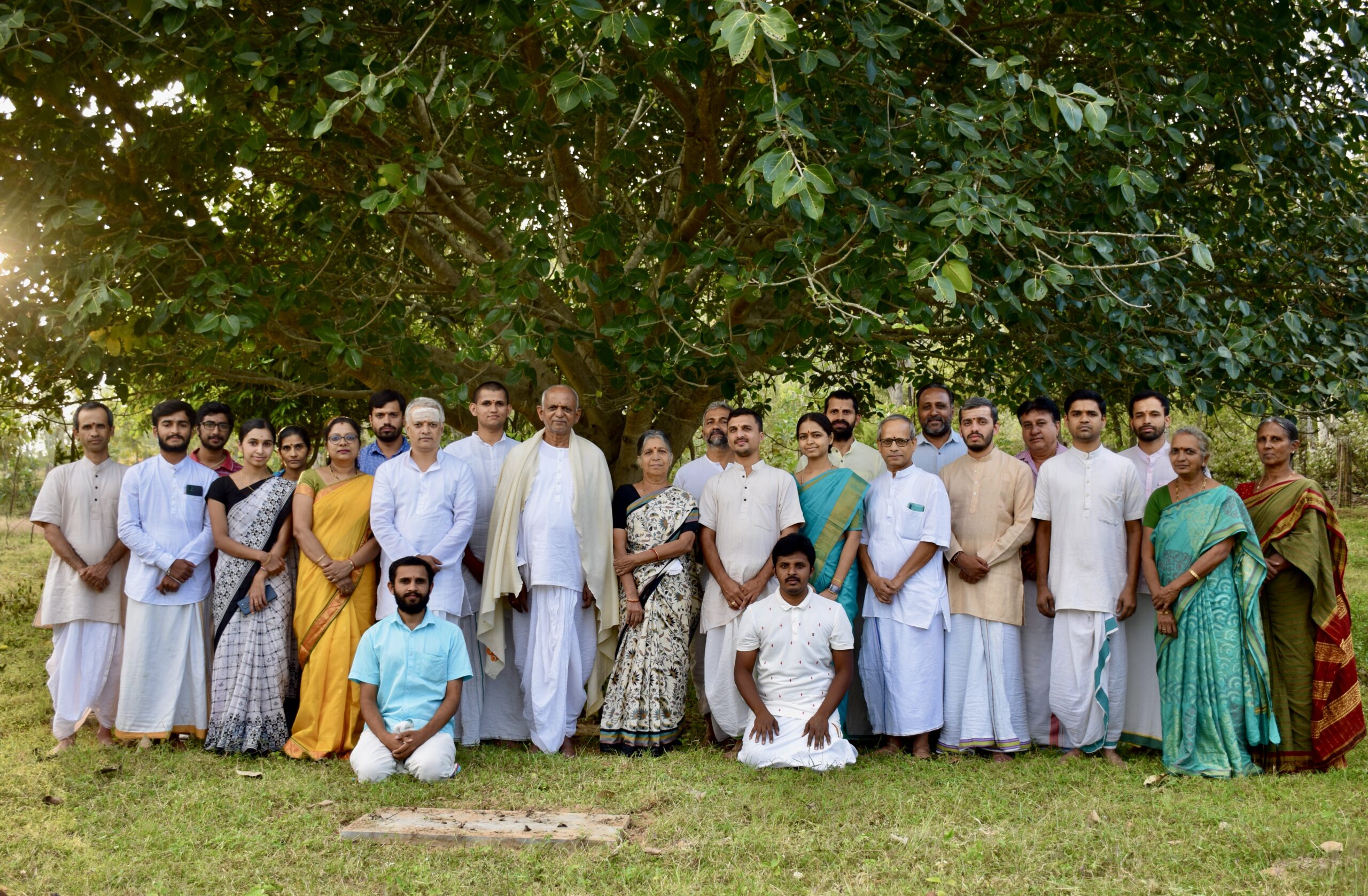
The Bharathi Yoga Dhama Fund
Provide funds for the maintenance of the Bharati Yoga Dhama in Mysore, India

The Digital Dharma Endowment
Provides funds for the multitude of digital resources offered by Himalayan Academy


